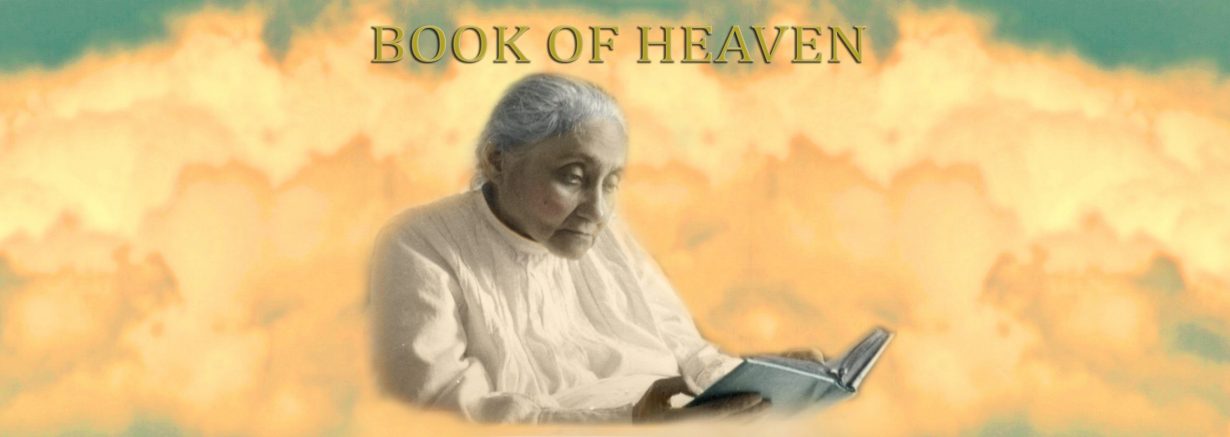Feast of St. Rita of Cascia

Saint Rita of Cascia (Born Margherita Lotti 1381 – 22 May 1457) was an Italian widow and Augustinian nun venerated as a saint in the Roman Catholic Church. Rita was married at an early age. The marriage lasted for eighteen years, during which she is remembered for her Christian values as a model wife and mother who made efforts to convert her husband from his abusive behavior. Upon the murder of her husband by another feuding family, she sought to dissuade her sons from revenge.
She subsequently joined an Augustinian community of religious sisters, where she was known both for practicing mortification of the flesh[1] and for the efficacy of her prayers. Various miracles are attributed to her intercession, and she is often portrayed with a bleeding wound on her forehead, which is understood to indicate a partial stigmata.
Pope Leo XIII canonized Rita on 24 May 1900. Her feast day is celebrated on May 22. At her canonization ceremony she was bestowed the title of Patroness of Impossible Causes, while in many Catholic countries, Rita came to be known to be as the patroness of abused wives and heartbroken women.
 Sanctuary of Saint Rita at Roccaporena, Italy.
Sanctuary of Saint Rita at Roccaporena, Italy. Basilica of Saint Rita at Cascia.
Basilica of Saint Rita at Cascia.Early life
Saint Rita (Margherita Lotti) was born in 1381 in the city of Roccaporena (near Spoleto, Umbria, Italy)[2] where various sites connected with her are the focus of pilgrimages. Her parents, Antonio and Amata Ferri Lotti, were known to be noble, charitable persons, who gained the epithet Conciliatore di Cristo (English: Peacemakers of Christ).[1] According to pious accounts, Rita was originally pursued by a notary named Gubbio but she resisted his offer. She was married at age twelve to a nobleman named Paolo Mancini. Her parents arranged her marriage, a common practice at the time, despite her repeated requests to be allowed to enter a convent of religious sisters. Her husband, Paolo Mancini, was known to be a rich, quick-tempered, immoral man, who had many enemies in the region of Cascia. Rita had her first child at the age of twelve.
Rita endured his insults, physical abuse, and infidelities for many years. According to popular tales, through humility, kindness, and patience, Rita was able to convert her husband into a better person, more specifically renouncing a family feud known at the time as La Vendetta. Rita eventually bore two sons, Giangiacomo (Giovanni) Antonio, and Paulo Maria, and brought them up in the Christian faith. As time went by and the family feud between the Chiqui and Mancini families became more intense, Paolo Mancini became congenial, but his allies betrayed him and he was violently stabbed to death[2] by Guido Chiqui, a member of the feuding family.
Rita gave a public pardon at Paolo’s funeral to her husband’s murderers.[2] Paolo Mancini’s brother, Bernardo, was said to have continued the blood family feud and hoped to convince Rita’s sons to seek revenge. Bernardo convinced Rita’s sons to leave their manor and live at the Mancini villa ancestral home. As her sons grew, their characters began to change as Bernardo became their tutor. Rita’s sons wished to revenge their father’s murder. Rita, fearing that her sons would lose their souls, tried to persuade them from retaliating, but to no avail. Accordingly, she petitioned God to take her sons rather than submit them to possible mortal sin and murder. Her sons died of dysentery a year later, which pious Catholics believe claim was God’s answer to take her prayer, taking them by natural death rather than risk them committing a mortal sin punishable by Hell.
After the deaths of her husband and sons, Rita desired to enter the monastery of Saint Mary Magdalene in Cascia but was turned away. Although the convent acknowledged Rita’s good character and piety, the nuns were afraid of being associated with her due to the scandal of her husband’s violent death. However, she persisted in her cause and was given a condition before the convent could accept her: the task of reconciling her family with her husband’s murderers. She implored her three patron saints (John the Baptist, Augustine of Hippo, and Nicholas of Tolentino) to assist her, and she set about the task of establishing peace between the hostile parties of Cascia.[3] Popular religious tales recall that the bubonic plague, which ravaged Italy at the time, infected Bernardo Mancini, causing him to relinquish his desire to feud any longer with the Chiqui family. She was able to resolve the conflicts between the families and, at the age of thirty-six, was allowed to enter the monastery.[4]
Pious Catholic legends later recount that she was transported into the monastery of Saint Magdalene via levitation at night into the garden courtyard by her three patron saints. She remained at the monastery, living by the Augustinian Rule, until her death from tuberculosis on 22 May 1457.[5]



















